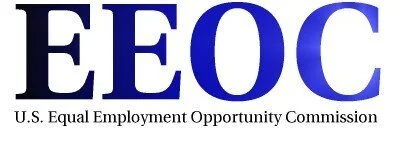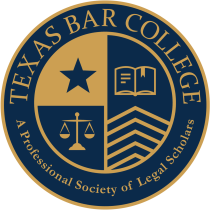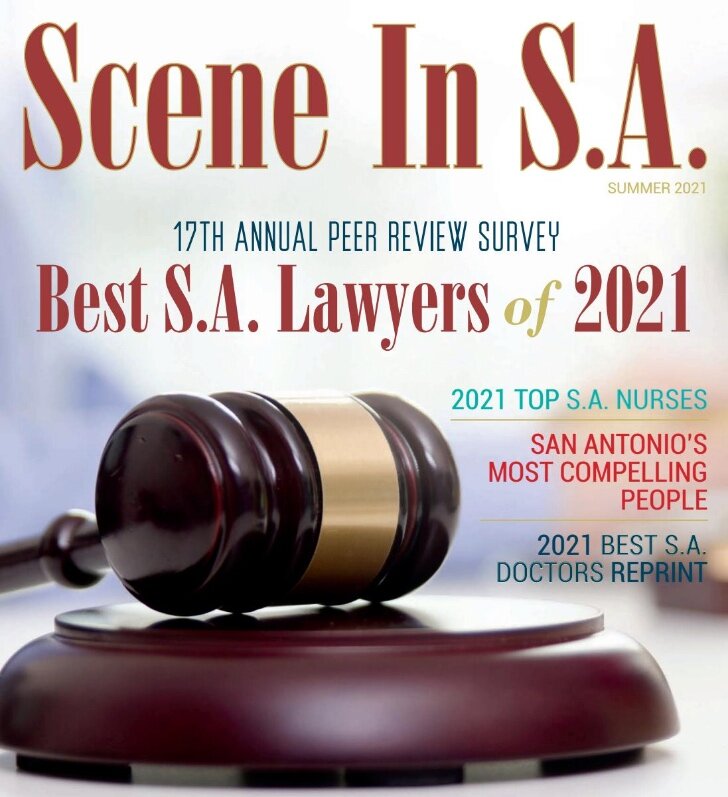What should I do if I'm being retaliated against at work?
/I get a lot of questions from readers on all kinds of topics. For a myriad of reasons, it would not be appropriate for me to answer a specific individual's question or to otherwise provide legal advice online. However, I can address general areas of concern in a general way. While I hope that this information is useful, be warned that you absolutely should NOT consider any information you read here to be legal advice as to your particular situation. Legal analysis is very fact and geographically specific. If you have a legal question, my best advice is that you contact an attorney who specializes in such matters in your area.
After reporting to HR about my manager with the company groping me, the HR representative filed no report and called the offender in the office to have him apologize to me. No other action was taken. Now I am being investigated and harassed at work and I don't understand why. What should I do?
While not every employer handles internal reports of misconduct this way, situations such as this are, sadly, something I hear about all too frequently from employees who come to see me. An employee follows the rules and does what he/she is supposed to do by reporting discrimination or harassment to HR, only to then be further harassed and retaliated against in response to his/her report. Often this retaliation comes in the form of management "keeping book" or noting every error or perceived mistake made by the reporting employee in an effort to build a record for termination. Sometimes the retaliation is much more severe. I have had cases in which employees were moved to a less desirable office location, passed over for promotions, accused falsely of misconduct, etc. Such a situation can make going to work seem almost unbearable. And in fact, this is often the goal of the employer - to make your work life so terrible that you feel you have no choice but to quit.
So what can an employee in this type of situation do? Here are some suggestions:
Document Everything in Writing - Your boss or HR representative might be saying all the right things and telling you everything is fine but those oral statements are easily forgotten once you have been fired and you are later trying to prove what was said. Your best bet: document everything in a way that is at least somewhat verifiable. If you need to report misconduct, harassment, or retaliation do it via a written letter or email. In either case, print yourself a copy of what you sent and take it home for safekeeping. If you have an important phone call or meeting with HR or your boss in which you outline the harassment and they promise to take some action, document it in a follow-up email to the HR rep in which you thank the rep for meeting with you and restate your understanding of what was said by both parties. Again, print yourself a copy and take it home.
But Chris...can't the HR Rep later deny that my email correctly summarizes what was said? -- Sure, I suppose they could try to say that. But everyone (including the jury) will wonder why they didn't reply to your email back when it happened to correct your summary.
Don't Make Unforced Errors - You know they are watching every move you make just hoping you screw up so they can fire you. So don't help them. Don't be late to work. Do good work. Get your reports in on time. Don't gossip and tell co-workers what a big jerk your boss is. etc. These are unforced errors and they will come back to bite you in the end.
What if your boss doubles your workload to make it impossible for you to meet quota? -- This happens a lot so don't be surprised if it happens to you. Don't let it make you so angry that you start acting out and thereby give the boss a legitimate reason to fire you. That's playing into his/her hands. Instead, do the very best job you can and document the retaliation by emailing HR to let them know what is happening (don't forget to print a copy and take it home) and then do your best to comply with the new work requirements. Keep your boss informed on your status by regularly emailing (keep a copy). Remember, in addition to actually trying to be a good employee under difficult circumstances, you are building the paper trail you and your lawyer may need later to prove you were trying to be a good employee under the circumstances.
Consider Filing a Charge with the EEOC and/or Visiting with a Lawyer - Know this: Once retaliation starts, it rarely gets better on its own. If a boss is retaliating against an employee, it signifies a type of "line in the sand". That boss has declared (perhaps only to himself or herself) that you have got to go...period. So don't beat yourself up when nothing you do to placate your boss seems to work. It may just be time to go outside for help. One choice is filing what is called a "Charge" with the Equal Employment Opportunity Commission ("EEOC"). Note that the EEOC only deals with EEO types of issues (race, sex, religion, disability, national origin) and retaliation if (and only if) you are being retaliated against due to an internal complaint that you were harassed or discriminated against based on one of those EEO categories. Another option that you really should consider is visiting with a qualified employment lawyer. If you have not been fired yet then your case might not be one that an employment lawyer can agree to take on a contingent basis. However, most employment lawyers will agree to a fee-based consultation, during which you can explain your situation and the lawyer gives you advice regarding what protections you might have under applicable law and what steps you need to take to best protect your interests. While legal fees vary greatly based on geography, you should expect to pay between $100-$500 for an hour of the attorney's time. In the grand scheme of things, this is a good value for the information you will receive.
How do I find a good lawyer to consult? -- An excellent question. To be honest, it isn't always easy. There are a lot of lawyers out there but few of them specialize in representing employees in employment-related disputes. Here are some sources and articles to help get you started:
Texas Employment Lawyers Directory (for Texas residents)
National Employment Lawyers Directory (for those outside of Texas)


















